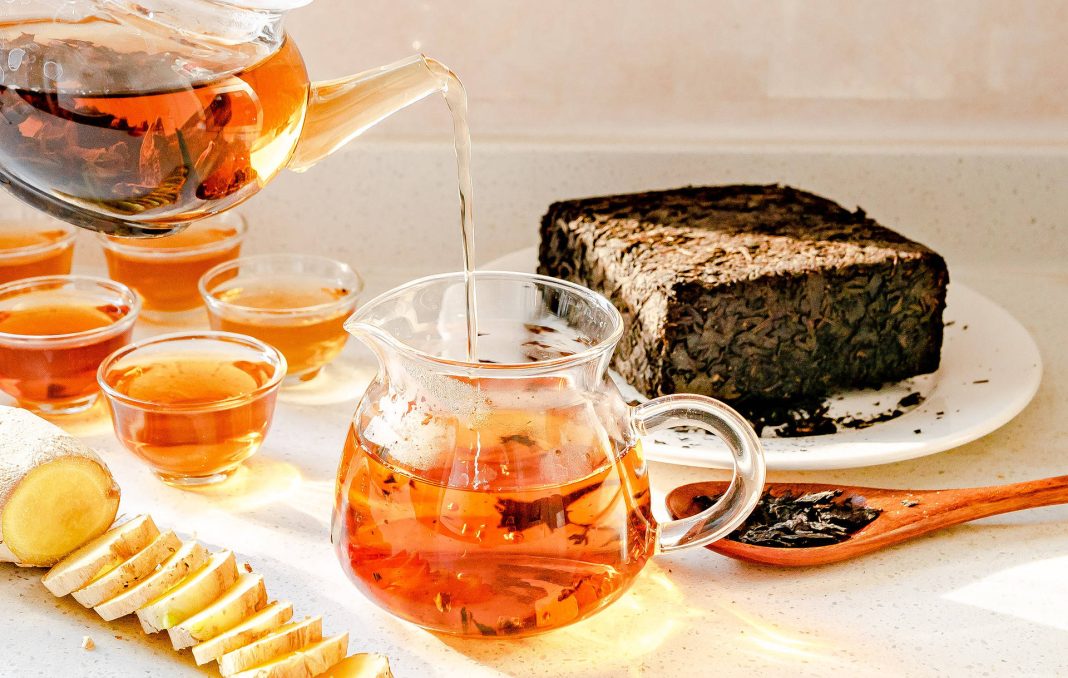This content is provided by the Pioneer Bird blood sugar management software! It helps you record health indicators such as blood sugar and blood pressure, offers free tastings of sugar-free foods, and provides customized diet and exercise plans to accompany you in controlling your sugar levels.
Diabetes, as a common chronic disease, troubles over hundreds of millions of people in our country. Diet control is an important aspect of daily life for diabetes patients, and rice, being one of our staple foods, poses the challenge of how to enjoy delicious meals while maintaining stable blood sugar levels. Today, let’s discuss how diabetes patients can eat rice by remembering the following five keywords, ensuring that post-meal blood sugar does not rise.
1. Choose
Choosing the right rice is key. Diabetes patients should select rice with a low GI (glycemic index). Low GI rice has a slower digestion and absorption rate, resulting in a smaller increase in blood sugar after meals. Common low GI rice varieties include brown rice, black rice, and red rice. Additionally, when purchasing rice, pay attention to selecting fresh, mold-free, and uncontaminated products.
2. Soak
Soaking rice can reduce the starch content. Soaking rice in warm water for 30 minutes to 1 hour allows the starch grains to absorb water and swell, making them easier to digest and absorb, which helps lower the speed of post-meal blood sugar increase. Soaking rice also helps remove some impurities and pesticide residues, enhancing food safety.
3. Combine
Reasonable food pairing can effectively lower post-meal blood sugar. When diabetes patients eat rice, they can pair it with vegetables, legumes, lean meats, and other high-fiber, low-fat foods. High-fiber foods can slow down the digestion and absorption of food in the intestines, thus reducing post-meal blood sugar peaks. For example, mixing rice with brown rice, red beans, green beans, and other grains during cooking not only enriches the taste but also stabilizes blood sugar.
4. Cook
The method of cooking rice is also very important. Diabetes patients should use steaming or a rice cooker, avoiding the use of pressure cookers. Steaming better preserves the nutritional components of the rice and lowers its GI value. During the cooking process, adding some vinegar, lemon juice, or other acidic substances can help reduce the GI value of the rice.
5. Portion
Controlling portion size is central to dietary management for diabetes patients. Generally, the amount of staple food consumed by diabetes patients per meal should be controlled within 100-150 grams. Consuming an appropriate amount of carbohydrates can meet daily energy needs while avoiding significant fluctuations in blood sugar.
Here, I want to share a little secret: using a blood sugar management assistant can provide personalized sugar control advice based on your diet, exercise, and lifestyle.
In addition, to help diabetes patients better enjoy food, many companies in our country have launched activities for free distribution of sugar-free foods. Diabetes individuals can pay attention to related events to receive suitable sugar-free foods and enrich their meal options.
In summary, diabetes patients eating rice just need to remember the five keywords “Choose, Soak, Combine, Cook, Portion,” which can effectively lower post-meal blood sugar. Of course, dietary control is just part of comprehensive diabetes management; individuals must also maintain good lifestyle habits, regularly monitor blood sugar, and follow medical advice in medication use to better control their condition and enjoy a beautiful life. Let’s work together to overcome diabetes and move toward a healthy life!


